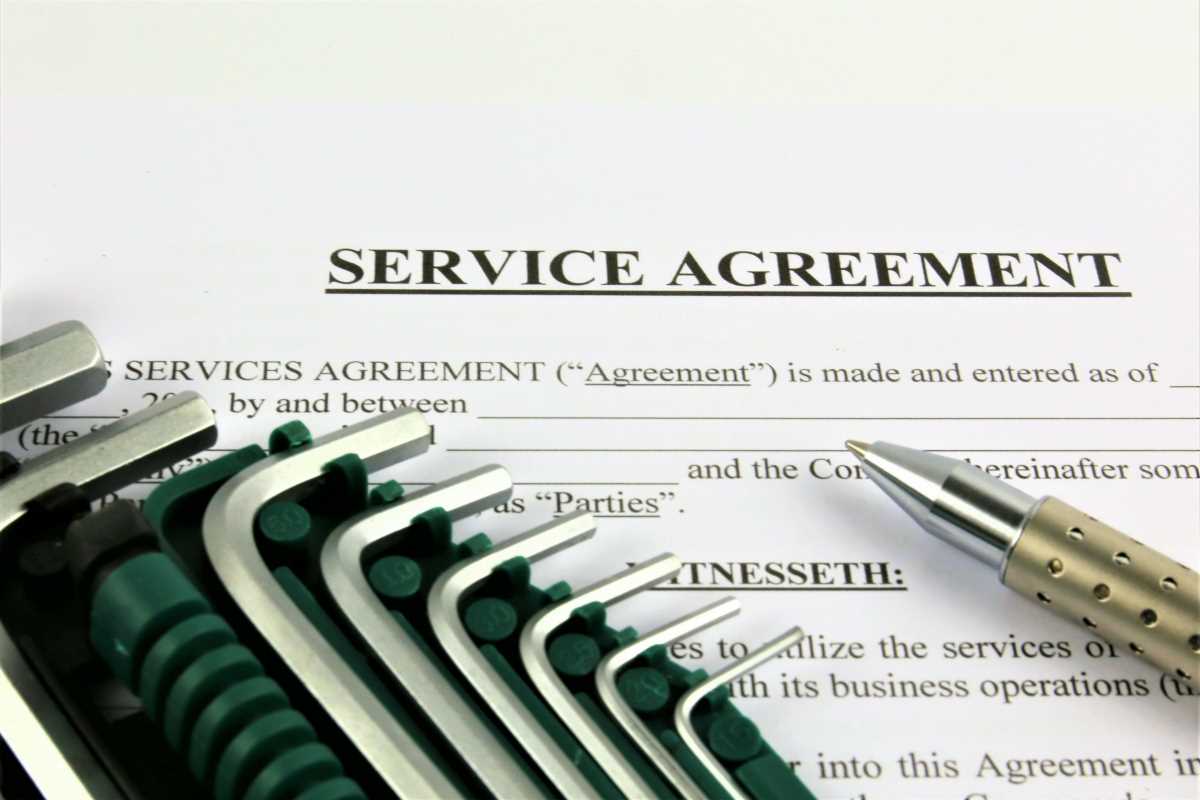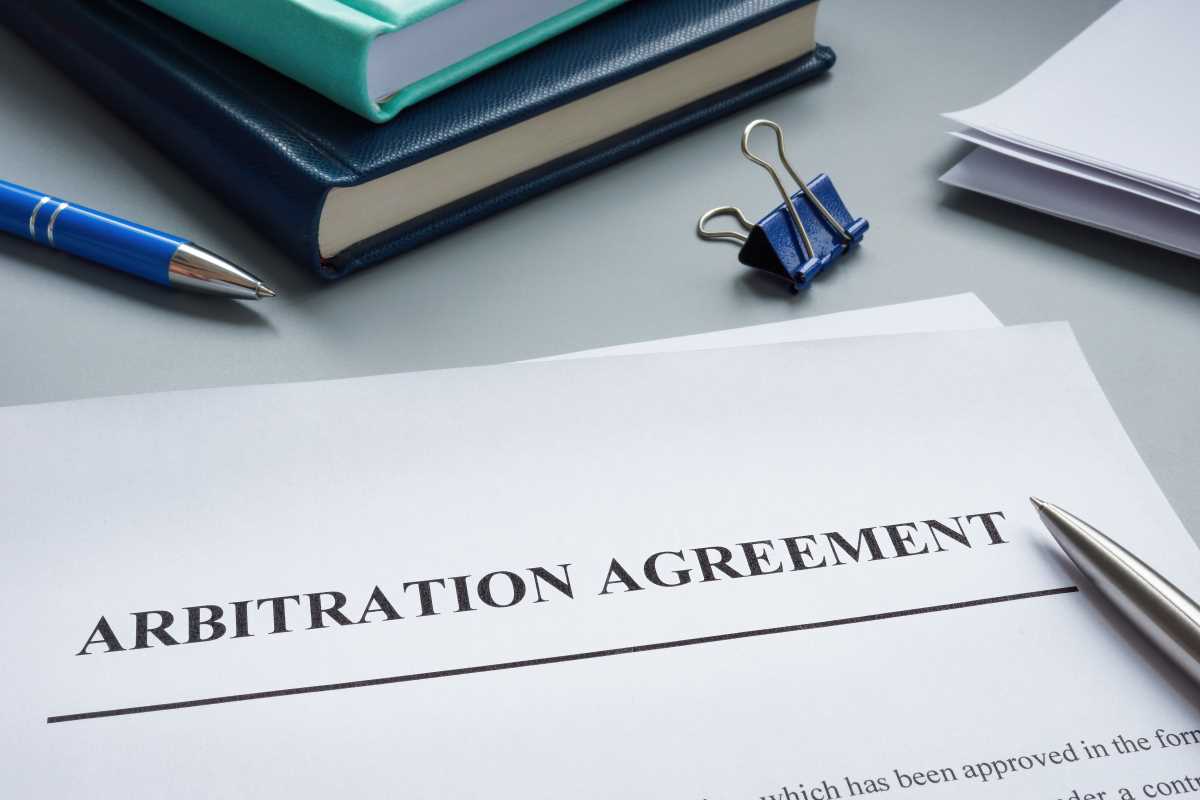Service Level Agreements (SLAs) are essential for businesses that provide services to clients, especially in industries like IT, telecommunications, and outsourcing. These agreements outline the expectations, responsibilities, and performance metrics that both parties—service providers and clients—agree to adhere to. A well-drafted SLA ensures that both sides understand their commitments and helps avoid misunderstandings and disputes down the line.
However, drafting an effective and enforceable SLA is not always a straightforward task. To ensure that an SLA stands up to scrutiny in a legal context, it needs to be clear, comprehensive, and realistic. These are the 10 best practices for drafting SLAs that are not only clear and understandable but also enforceable.
1. Clearly Define the Services Provided
The first step in drafting an effective SLA is to clearly define the services the provider will deliver. This should go beyond a general description and include specifics on the scope of services. For instance, if the SLA covers IT support services, specify which types of support (e.g., phone, email, remote troubleshooting) are included, the hours of service, and any limitations.
By clearly outlining the services provided, both parties will have a mutual understanding of what is expected. Vague or ambiguous language can lead to confusion and disputes. To avoid this, be as detailed as possible, including service frequencies, operational details, and deliverables.
2. Set Measurable Performance Metrics
A critical aspect of any SLA is defining measurable performance metrics, also known as Key Performance Indicators (KPIs). These metrics help both parties assess whether the service provider is meeting the agreed-upon expectations. Common metrics might include uptime percentages, response times for customer service requests, or resolution times for technical issues.
Ensure that these performance metrics are specific, measurable, and realistic. For example, if the SLA promises 99.9% uptime, make sure that the definition of uptime is clear (e.g., excluding scheduled maintenance) and achievable for the service provider. Establishing realistic and attainable KPIs avoids future dissatisfaction and protects both parties.
3. Include a Clear Dispute Resolution Process
No matter how well-crafted the SLA is, disputes may arise. To prevent these disagreements from escalating into major legal issues, it is crucial to include a clear dispute resolution process in the agreement. This should outline the steps that both parties should take in the event of a dispute, such as mediation or arbitration, before turning to litigation.
By agreeing on a dispute resolution process in advance, both parties can handle disagreements efficiently and with less potential for costly legal proceedings. Including this provision in the SLA also helps to ensure that both parties understand the procedures and expectations should a problem arise.
4. Define Service Monitoring and Reporting Procedures
For an SLA to be enforceable, both parties need to have a system in place for monitoring and reporting service performance. This includes determining how the service provider will report on performance (e.g., monthly performance reports, real-time dashboards) and how often reports will be provided.
It is important to be clear about the process for monitoring performance and the frequency of reporting. Both parties should agree on how service levels will be tracked and what data will be included in the reports. Additionally, the service provider should commit to transparency and cooperation in making these reports available to the client.
5. Specify Remedies and Penalties for Non-Compliance
One of the primary functions of an SLA is to set expectations and provide consequences if those expectations are not met. Therefore, the SLA should outline the remedies or penalties that the service provider will face if they fail to meet the agreed-upon service levels. These remedies may include financial penalties, a reduction in service fees, or additional services provided at no extra charge.
It is essential to ensure that these remedies are reasonable, specific, and enforceable. Penalties should reflect the severity of the service failure, and the process for claiming them should be clear. Additionally, avoid over-penalizing the service provider for minor issues, as this can lead to frustration and an unwillingness to continue the business relationship.
6. Include Terms for Service Availability and Maintenance
Another important component of an SLA is specifying service availability and maintenance schedules. This should include the hours during which the services are available, as well as any maintenance windows or downtime that might be scheduled for system updates or repairs.
For example, if the service provider will be conducting routine maintenance during non-business hours, it is essential to include this information in the SLA. Both parties should understand that scheduled maintenance may lead to temporary service interruptions, and such interruptions should not be counted against service level guarantees, provided proper notice is given. A well-defined maintenance schedule prevents confusion and ensures expectations are set properly.
7. Address Force Majeure Events
Force majeure clauses are essential in SLAs as they protect both parties from unforeseen circumstances or events beyond their control, such as natural disasters, war, or other emergencies. These events can affect the service provider's ability to meet service levels.
An SLA should include a clear force majeure clause that defines what constitutes such an event and the procedures the service provider must follow if an event occurs. Typically, force majeure events relieve the service provider from liability for performance failures due to such extraordinary circumstances. However, this clause should be carefully crafted to avoid unnecessary misuse of the provision.
8. Define the Duration and Termination Conditions
The SLA should also define its duration and the conditions under which it can be terminated. This includes specifying how long the agreement will remain in effect and the procedures for early termination if either party fails to meet its obligations.
Termination conditions should include notice periods, the reasons for termination (e.g., breach of contract, failure to meet service levels), and any penalties or fees associated with early termination. This ensures both parties understand their rights and obligations if they need to end the agreement prematurely.
9. Ensure the SLA is Flexible for Future Adjustments
While SLAs should be clear and specific, they also need to allow for some flexibility. As business needs change and technology evolves, the services provided and the service levels may need to be adjusted. Ensure that the SLA includes a provision for reviewing and revising the agreement periodically to accommodate any changes.
Both parties should agree on how often the SLA will be reviewed (e.g., annually) and the process for making adjustments. This ensures that the agreement remains relevant and effective over time, preventing potential conflicts due to changing circumstances.
10. Consult Legal Counsel for Review
One of the most important best practices for drafting a clear and enforceable SLA is to seek legal advice before finalizing the agreement. Legal counsel can help ensure that the terms of the SLA are legally sound, enforceable, and in compliance with applicable laws and regulations. A lawyer can also assist with drafting clauses that are fair and balanced for both parties.
Having a legal expert review the SLA before it is signed can prevent costly mistakes and ensure that the agreement will hold up in court if necessary. Although it may seem like an added expense, investing in legal counsel up front can save businesses significant time and money in the long run.







